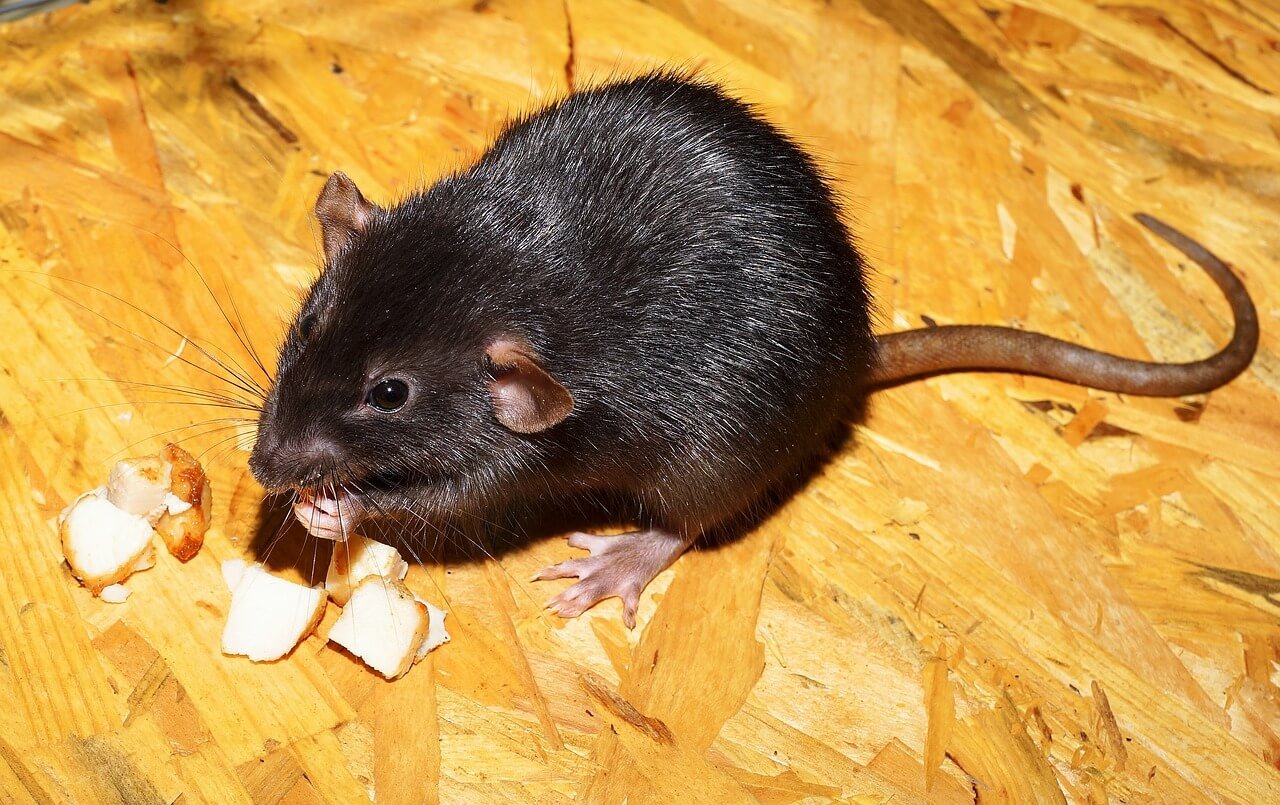
Roof Rats: An Overview
Introduction
Roof rats, also known as black rats or ship rats (scientific name: Rattus rattus), are a species of rodent commonly found in urban and suburban areas. They are notorious for their adaptability and climbing skills, often making their homes in attics, trees, and rooftops. This article will explore the biology and behavior of roof rats, their impact on human health and property, and effective control measures to manage and prevent infestations.
Identification
Physical Characteristics
Roof rats are slender, agile rodents with a distinctive appearance:
- Size: Typically 7 to 10 inches in length, excluding the tail, which can be longer than the body.
- Color: Their fur ranges from black to gray, often with a lighter underbelly.
- Tail: Long and scaly, used for balance while climbing.
- Ears and Eyes: Large ears and eyes, enhancing their sense of hearing and sight.
Habitat and Behavior
Roof rats are adept climbers and prefer nesting in high areas. Common habitats include:
- Attics and roofs: They often enter homes through small openings or gaps in roofs.
- Trees: They use branches to access rooftops or upper stories of buildings.
- Sheds and garages: These locations provide shelter and proximity to food sources.
Diet
Roof rats are omnivorous and their diet includes:
- Fruits and vegetables
- Nuts and seeds
- Pet food
- Garbage and compost
Their preference for fruits and grains makes them particularly attracted to gardens and landscaping.
Impact of Roof Rats
Health Risks
Roof rats can pose several health risks due to their role as carriers of diseases, such as:
- Leptospirosis: A bacterial infection that can be transmitted through water contaminated with rat urine.
- Salmonellosis: A bacterial disease spread through contaminated food or surfaces.
- Hantavirus: Rare but serious, contracted through exposure to rodent droppings or urine.
Property Damage
These rodents can cause significant damage:
- Structural Damage: They gnaw on wires, insulation, and wood, which can lead to fire hazards and expensive repairs.
- Contamination: Their droppings and urine can contaminate food sources and surfaces, leading to sanitation issues.
Roof Rat Control
Prevention Strategies
Preventing roof rats from entering your home is key to control:
- Seal Entry Points: Inspect roofs, eaves, vents, and any openings for gaps. Use materials like steel wool or caulk to seal these gaps.
- Trim Trees and Shrubs: Maintain a distance of at least 3 feet between tree branches and roofs to eliminate easy access points.
- Remove Food Sources: Keep outdoor areas clean by securing garbage, using tight-fitting lids, and removing pet food and birdseed from outdoor spaces.
- Maintain a Clean Environment: Regularly clean areas like attics and basements to discourage nesting.
Control Measures
If roof rats are already present, consider the following control methods:
- Trapping:
- Snap Traps: Effective for immediate population control; place traps along common runways (along walls, behind appliances).
- Live Traps: Human traps that allow for the relocation of rats, though check local regulations regarding relocation.
- Baiting:
- Rodenticides: Use with caution, as they can pose risks to pets and wildlife. Follow all label instructions and consider professional help for placement.
- Professional Pest Control:
- Enlisting a pest control service can provide targeted treatments and ongoing monitoring, especially for larger infestations.
Monitoring and Follow-Up
Regularly check for signs of roof rat activity, such as droppings, gnaw marks, and nests. If re-infestation occurs, reevaluate prevention strategies and consult with pest management professionals.
Conclusion
Roof rats are a persistent pest that can pose serious health risks and property damage. Understanding their behavior, implementing prevention strategies, and utilizing effective control measures are essential for managing infestations. By maintaining a proactive approach, homeowners can safeguard their properties against these agile rodents.